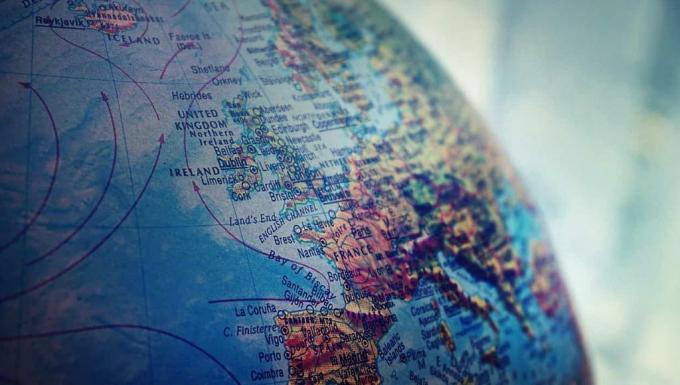3 Geographical Approaches and Examples (Summary)
Loading...
There are various approaches used in studying geography.
If seen theoretically, geographical approach Geography can be defined as the perspective of geography in studying a phenomenon or phenomenon of the geosphere.
Each discipline has a different approach to analyze a phenomenon that takes place in the surrounding environment.
For example in the flood phenomenon.
Where economics will view it as a phenomenon that paralyzes people's economic activities which have the potential to cause material losses.
While in medical science will view it as a condition that can cause a decline in the state of public health.
And in geography itself, there are at least three geographic approaches that are often used, namely:
- spatial approach.
- Ecological approach.
- And the complex approach of the region.
For more information related to the geographic approach, see the review below until it's finished!
Understanding Geographical Approach

The geographic approach is a perspective and a way of looking at the symptoms of the geosphere (lithosphere, atmosphere, biosphere, hydrosphere, and anthroposphere).
Because regions on earth have different characteristics, with the perspective or geographical point of view, it can be analyzed the characteristics of a region.
Geographical Approach
The following are three geographic approaches and examples that you need to know, including:
list of contents
1. Spatial Analysis Approach

The spatial approach is an attempt to examine a series of similarities from the different phenomena of the geosphere in a space.
It is this type of approach that will differentiate geography from other sciences.
For example:
In planning for land clearing in new residential areas, the things that must be considered are all aspects related to the area that will be used later.
For example, morphological conditions associated with landslides, floods, and groundwater.
Advertisement
This is very much needed because the physical condition of the location can affect the level of human adaptation that will later occupy it.
Another example can also be seen from the map of the distribution of COVID-19 in a district.
2. Ecological Analysis Approach

Ecological approach is an attempt to study the phenomenon of the geosphere in the interactions between living organisms and their environment.
In living organisms, humans are one of the most important components in the interaction process.
Therefore, the term human ecology emerged which would later study the interactions between humans and between humans and the environment.
Human activities in relation to their interactions with their environment undergo several stages as follows:
a. Humans depend on nature
At this stage, humans do not have sufficient culture.
So that in order to meet the needs of life, humans will only rely on what is found in nature.
Therefore, the consequence is that when nature no longer provides for their needs, humans will later move to another place.
b. Humans rule nature
With his abilities and technology, this human being can massively take advantage of the existing nature.
For example through the use of machines.
Where in this first stage, humans will use nature excessively without paying attention to nature's abilities, so that the environment will be damaged.
c. Humans and nature that influence each other
In this first stage, humans realize that without sustainable nature, humans cannot live longer.
This awareness will encourage humans to conserve nature.
Example of an ecological approach:
The human ability to use the environment for activities is one example.
Humans who live in coastal areas will have different activities with humans who live in mountainous areas.
3. Area Complex Analysis Approach

This one approach will examine if the geographical phenomena that occur in each region are different, so that they can form characteristics within a region.
This one difference will also result in the emergence of interactions between a region and other regions in order to meet their needs.
For example:
- Differences in commodities and needs between regions will give birth to trading activities.
- Rural areas will work together with urban areas to meet secondary and tertiary needs. On the other hand, urban areas will interact with rural areas to meet food and labor needs.
X CLOSE
Advertisements
